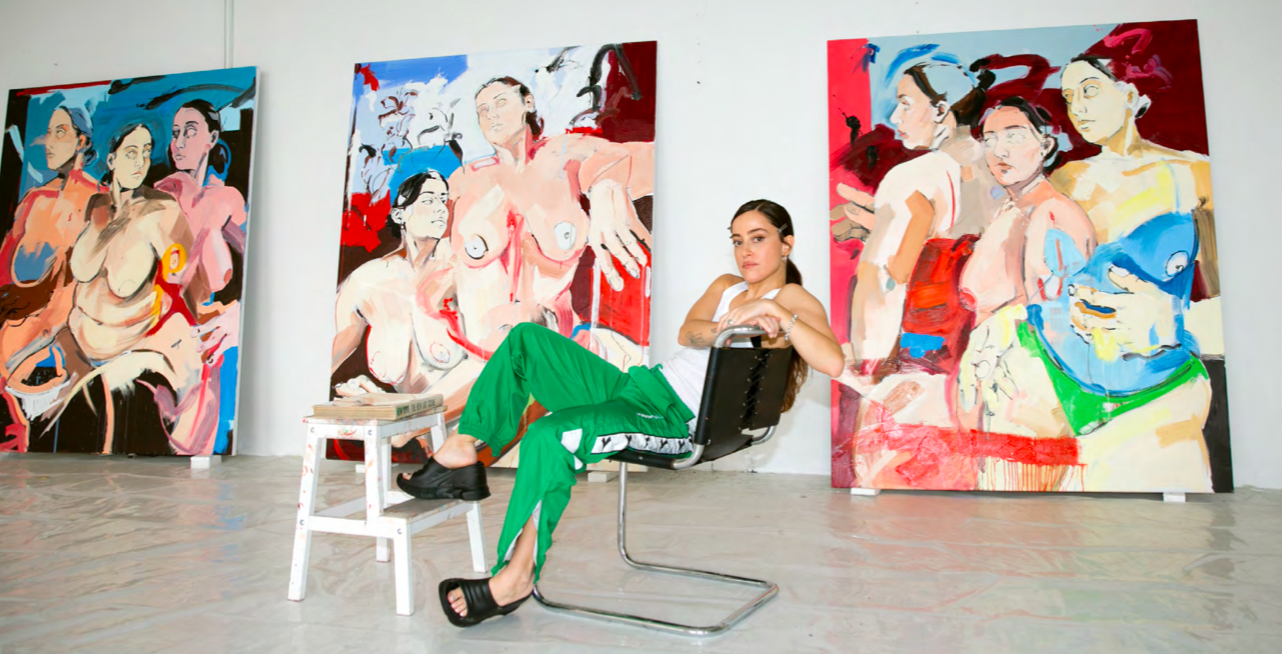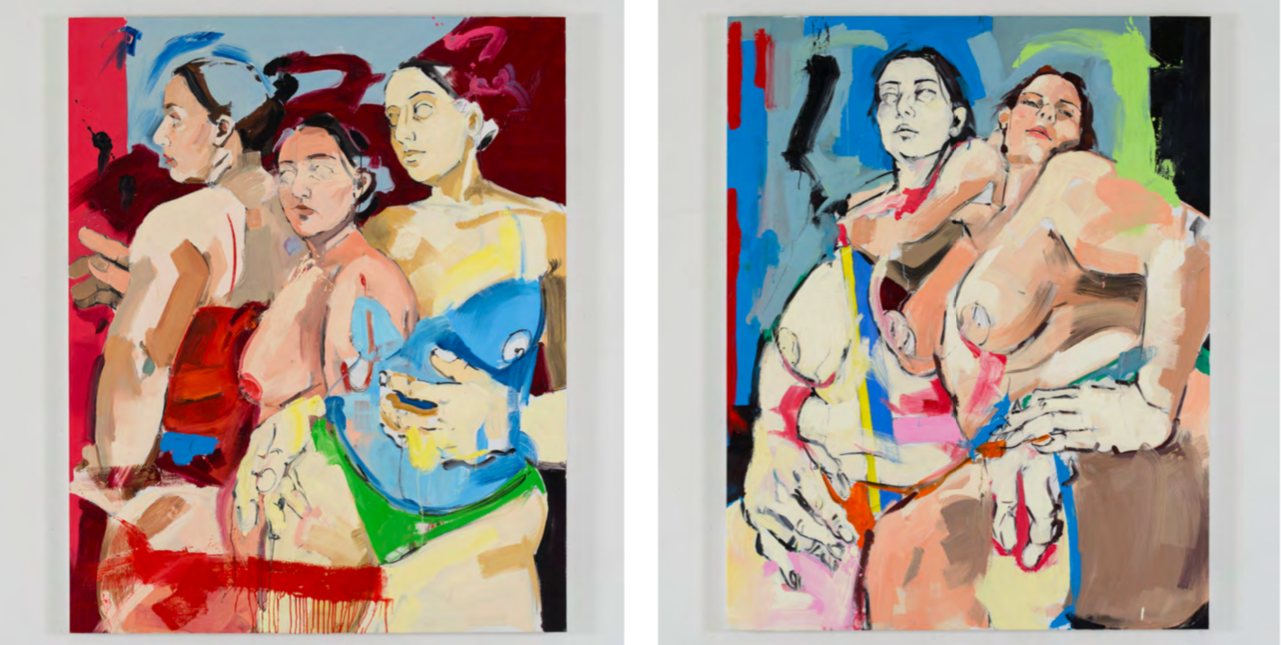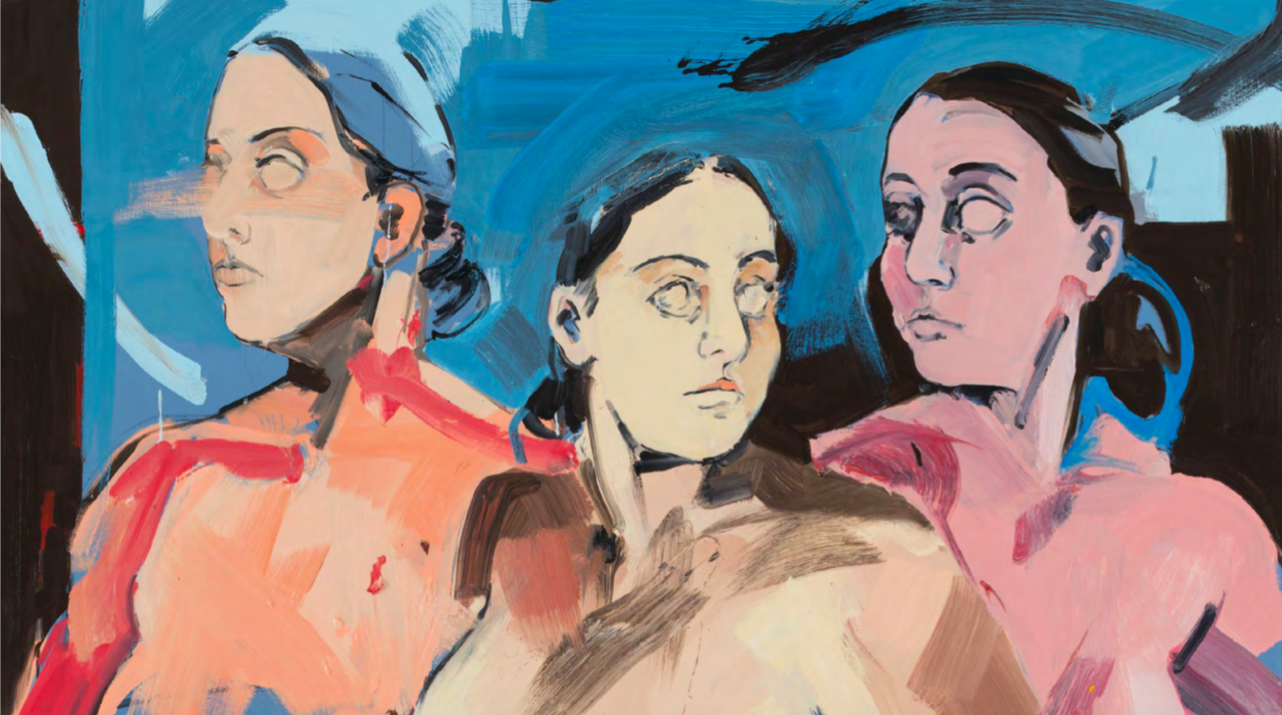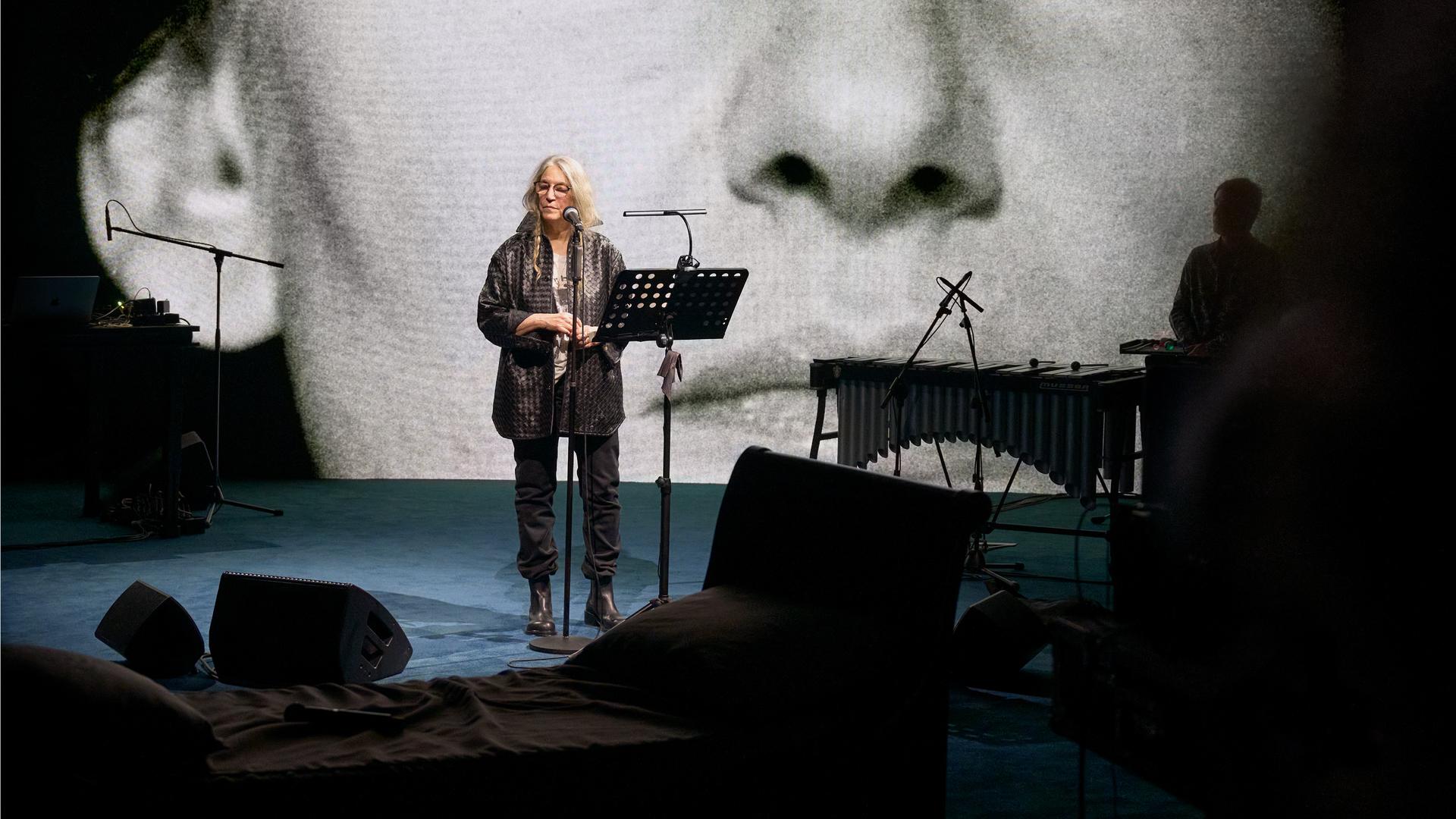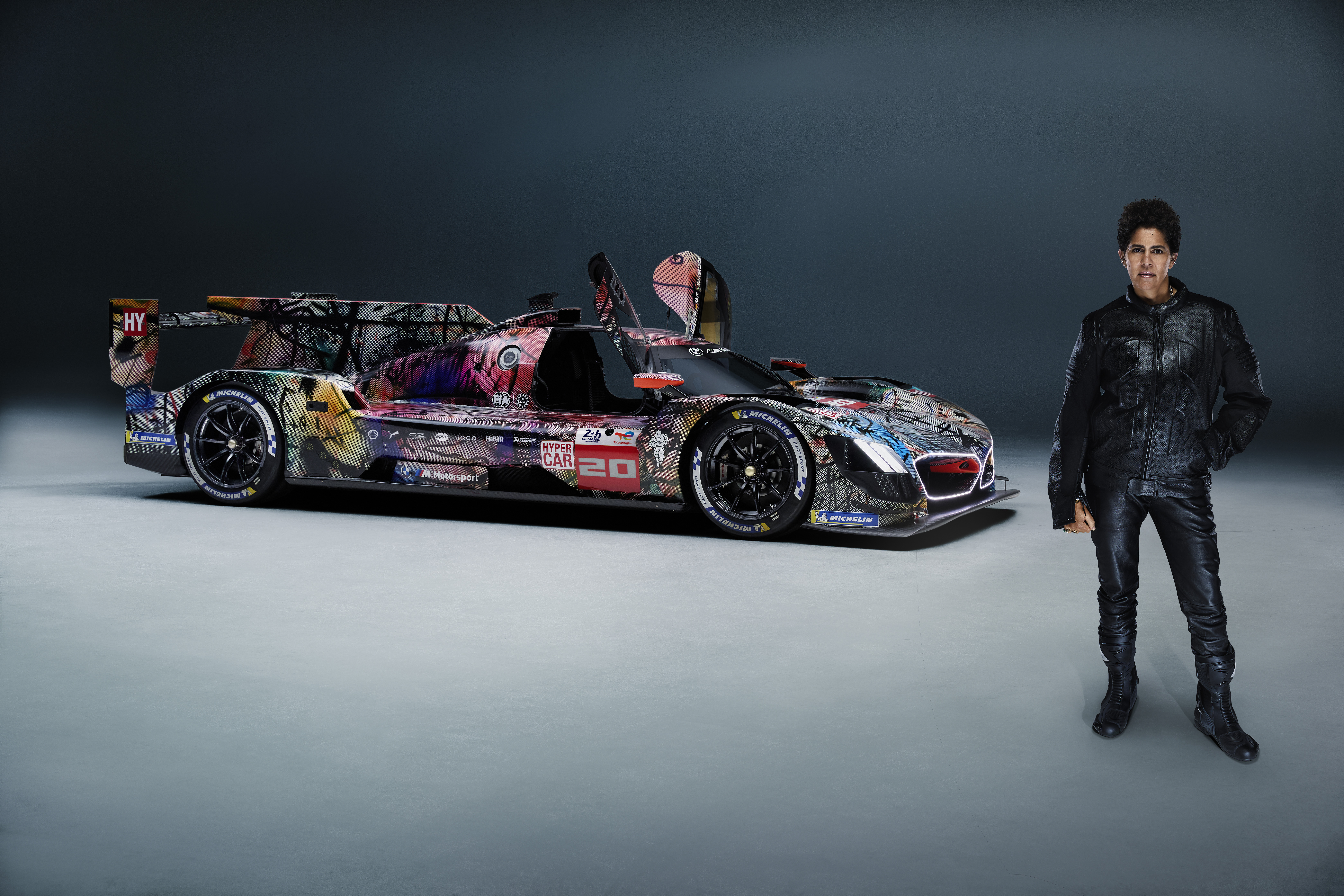July 05 – August 19, 2023 Tuesday – Saturday 11am – 7pm
Cristina BanBan’s paintings are insistently non-narrative. Their meaning and art historical significance lies in their composition and technical depictions of beautiful, complex forms, of which the female figure is paramount for the artist. Rather than self- portraiture, or representations of bodies intended as overt gestures about our current culture war debates, BanBan prioritizes aesthetics. She has painstakingly created her richly painted canvases with a nuanced complexity that invites us to spend time with them and get to know them better in a digital era where so much is glossy and glossed over.
BanBan’s primary subject is the human female body, but her oeuvre’s content is abstraction and painting itself. She interprets physique in a thoughtful dialogue between figuration and abstraction, gravitating toward certain bodies and faces that she chooses because their features interest her, especially because of the possibilities of movement that they propose. She conveys enough anatomical information to root her work in a realist tradition, but she acknowledges an undeniable influence of Abstract Expressionism and the classical Modernist lineage of painting, allowing her work to excel beyond naturalism to achieve a tactile richness. BanBan relishes the central importance of mark- making and the luscious play of color and form that are the strongest suit of abstract art. Her paintings have evolved in recent years to embrace composition even more fully, shifting away from architectural settings to more amorphous spaces where foreground and background are held in an increasingly dynamic interplay.
Of course, there is a bit of a paradox in reading these works in a strictly formal way. When a technically skilled artist paints any figure or face, they themselves will inevitably be present in the composition. This is especially true of a painter as classically trained as BanBan. She spent years looking at her own face and painting it in the endless academic studies that have given her the effortless adroitness that define her work. Her own face is the face she knows the best, and so it subliminally seeps into the work. However, the face and anatomical details present are only an anchor for her compositions. Even those features are typically abstracted in ways such as the removal of the iris, the flattening of forms, and so on, to translate the body into a gestural abstraction. Further than this, BanBan speaks about how she relishes looking at historic painting from the nineteenth century for the ways that the compositions of these master artists can produce an almost abstracted reading – think of all those pyramidal compositions with flawlessly painted figures that we don’t really see until we eventually do.
This gets us to the crux of BanBan’s work. There is an understandable misreading that happens for some viewers because of our innate tendency to focus on faces and recognizable features as content above all else. Pareidolia is the term for the primal inclination that all humans have to seek faces in patterns – it is a survival mechanism leftover from our pre-historic ancestors’ need to locate each other in the wilderness. It is also the stumbling block that risks keeping us from looking closely at BanBan’s technique instead of seeing her women as individualized characters. Rather, she would have us hone our ability to pay attention to the compelling poses and groupings that she has arranged – the bodies and limbs in dialogue with each other, and especially her luscious application of paint and the juxtaposition of color and line. It’s clear that BanBan truly enjoys the act of creating, and that her work is an invitation for us to learn to celebrate looking too. Her paintings are executed in a masterful manner that teeters on the edge of looseness and defined form. There is an evocative gesture and richness in the work that produces a truly powerful experience for us to receive if we give ourselves over to the sensuously rich experience of looking closely.
The most inviting thing about BanBan’s paintings is that in actuality, they cannot be categorized or gleaned so quickly. At first glance, there is a flattening down of the paintings’ texture and nuance that occurs when they are seen from across the room or when translated to digital photographs. Ultimately though, they entice the viewer to immerse ourselves in each brushstroke. They are formally layered, eminently generous and endlessly complex when read in the thorough and embodied in a way that they are intended. To engage with BanBan’s paintings in the most meaningful way is to embrace the gesture, time, and even tension that she has imbued them with. It is an opportunity to experience the truly human and profound significance possible in art.
“Daniel S. Palmer PhD, Chief Curator, SCAD Museum of Art, Savannah, GA, US”

